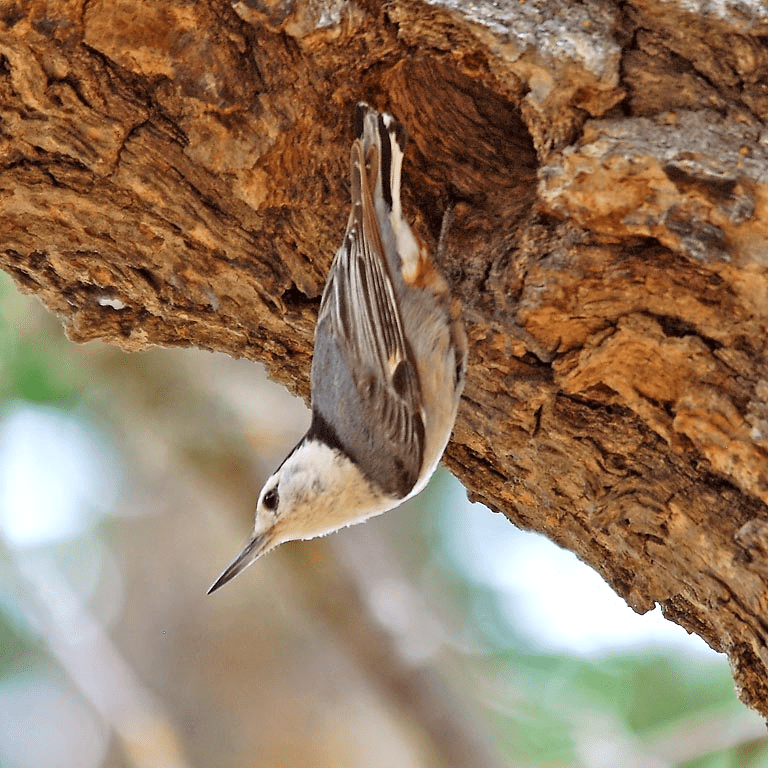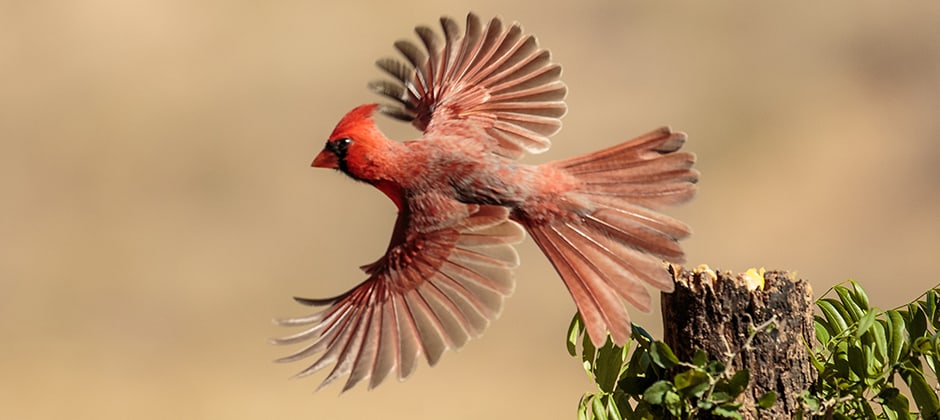Share this article
Noise, light pollution impact bird reproduction
Noise and light pollution have been known to cause behavioral changes in birds, but researchers recently found they can actually affect their reproductive fitness.
“We know that sensory pollutants are affecting wildlife in many ways, but impacts on animal fitness directly relate to population viability and has implications on natural selection and evolution,” said Neil Carter, an assistant professor in conservation science at the University of Michigan. “That hadn’t really been demonstrated on a real landscape, macro-ecological scale, and if that’s the case that’s really problematic.”
Carter is a co-author in a recent study published in Nature, led by Masayuki Senzaki of Hokkaido University in Japan, looking at how birds’ reproduction may be impacted by noise and light pollution. They looked at five indicators of reproductive success: when birds first laid eggs, clutch size, partial hatching success, clutch failure and whether nestlings successfully fledged. “We looked at the whole cycle,” Carter said.
The team used citizen science to track these characteristics from 2000 to 2014, tapping into a database called NestWatch in which volunteers help track the status and trends of birds’ reproduction. With the help of these volunteers, the team looked at nearly 60,000 different nests spread around the U.S. “This kind of scale is something we could not do if we didn’t have these volunteers,” Carter said.
They collected data on light pollution from a satellite sensor operated by NASA and NOAA, derived noise pollution data from information collected by the National Park Service, and overlaid those two different types of pollution with reproduction data to model their impacts.
Carter and his colleagues found that greater night light exposure was advancing the time of egg laying, especially for birds that prefer open habitats. “Birds were definitely changing their timing of when they’re doing things based on light exposure,” he said. In open areas like grasslands or wetlands, where there were the brightest conditions, birds started laying eggs a month earlier. “They’re cues are really getting messed up,” he said.
When the team looked at noise effects, they found that birds in forested areas had greater clutch failure where there was more noise. Birds in the loudest areas, subjected to sounds from things like traffic, planes or gas compressors, also laid clutches 12% smaller than birds in quiet areas.

The white-breasted nuthatch (Sitta carolinensis) has good dim light vision and advanced the timing of its nesting with light exposure. Credit: David Keeling
The researchers then tried to determine if they could predict which birds would be more sensitive to both types of pollutants based on certain traits. They found that birds with lower peak vocal frequencies tended to be more affected by noise exposure, laying eggs much sooner than usual. Carter said female reproductive behaviors, like sexual receptivity or maternal investment, are likely impaired because their song frequency is masked by things like car noise.
They also looked at characteristics of birds such as their vision. They found that birds with good low light vision, or with larger corneas, had increased nest success with light exposure. “That was surprising,” Carter said. The team suspects a warming climate may be causing resources to be available sooner, just as more light causes the birds to move their clutches to earlier in the season. But as expected, birds with poor low light vision saw general declines in their nest success with more light exposure.
Carter said the research shows that these sensory pollutants really are impacting birds’ reproduction and fitness. “I think no matter what, across the board, reducing pollutants like these is extremely important,” Carter said. “Planners should start to see these pollutants as a much more significant set of pollutants impacting animals.”
Header Image: The northern cardinal (Cardinalis cardinalis) has a relatively low frequency song and delayed breeding in response to noise pollution. Credit: Andy Morffew








